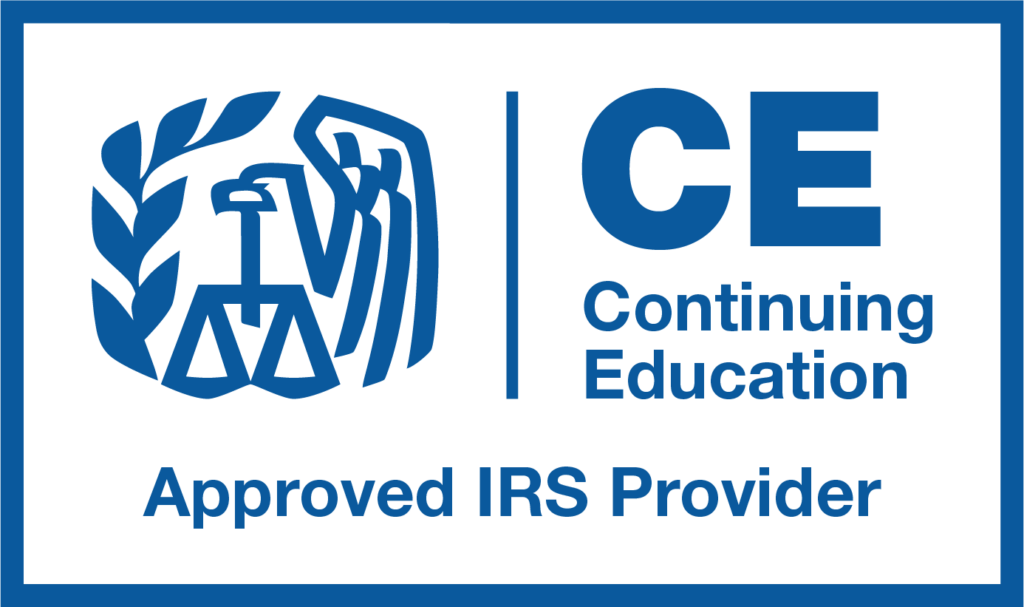
Employer-sponsored retirement plans, generally referred to in the aggregate as qualified employee plans, constitute one of the important “legs” of the retirement stool that individuals look to for their income in retirement. The other two legs of that stool are personal savings—through investment in securities, deferred annuities, savings accounts, etc.—and Social Security retirement benefits. This course will examine qualified employee plans, their limits and their tax treatment along with a discussion of annuities and their taxation.
Annuities offer their owners the opportunity to systematically liquidate a principal sum or save money for a long-term objective. For many annuity buyers, that objective is to provide income during retirement. As we will see in our examination of annuities, they provide owners with a number of advantages; principal among them is their tax treatment. By purchasing and investing in an annuity, a contract owner can avoid current income taxation of earnings. By avoiding current income taxation, earnings that might have been used to pay current income taxes can be invested to produce additional income.
Annuities’ tax advantages aren’t limited to tax deferral, however; annuities offer additional tax advantages. For example, an investor purchasing a variable annuity can change his or her investment allocation in the contract’s variable subaccounts whenever desired. Typically, such changes are made in order to implement new objectives or to modify the level of risk assumed. From a tax point of view, the important issue is that the contract owner can make these changes without being required to recognize income as would be required if, for example, the investor liquidated his or her stock portfolio in order to purchase bonds. In addition to these tax benefits, a contract owner that elects to annuitize his annuity contract, i.e. to take a periodic income from it, will find that part of each periodic income payment may be tax free as a return of his or her investment in the annuity contract.
No advance preparation needed
Program Level – Basic
Program prerequisites – None
Delivery method – QAS self-study
Recommended CPE credits – 3
Recommended field of study – Taxes
Course Learning Objectives
- Distinguish between the types of qualified employee plans;
- Recognize the limits imposed on qualified employee plan contributions and benefits;
- List the requirements applicable to qualified employee plan loans;
- Apply the federal tax laws to qualified employee plan contributions and distributions;
- Recognize the changes made to retirement plans and pensions by the SECURE Act and the CARES Act;
- Recognize the tax treatment of nonqualified annuity distributions; and
- Identify the tax treatment of annuity contributions and distributions.
Copyright 2025 by Winn Publications ALL RIGHTS RESERVED. NO PART OF THIS COURSE MAY BE REPRODUCED IN ANY FORM OR BY ANY MEANS WITHOUT THE WRITTEN PERMISSION OF THE COPYRIGHT HOLDER. All materials relating to this course are copyrighted by Winn Publications. Purchase of a course includes a license for one person to use the course materials. Absent specific written permission from the copyright holder, it is not permissible to distribute files containing course materials or printed versions of course materials to individuals who have not purchased the course. It is also not permissible to make the course materials available to others over a computer network, Intranet, Internet, or any other storage, transmittal, or retrieval system. This document is designed to provide general information and is not a substitute for professional advice in specific situations. It is not intended to be, and should not be construed as, legal or accounting advice which should be provided only by professional advisers. No advance preparation needed Program Level - Basic Program prerequisites - None Delivery method - QAS self-study Recommended CPE credits - 3 Recommended field of study - Taxes



